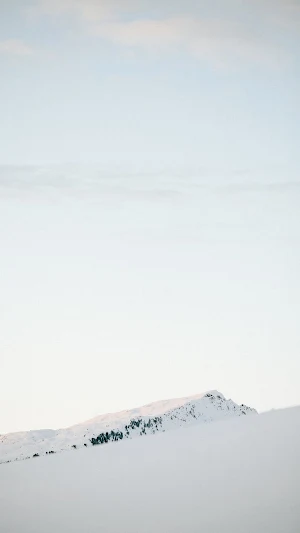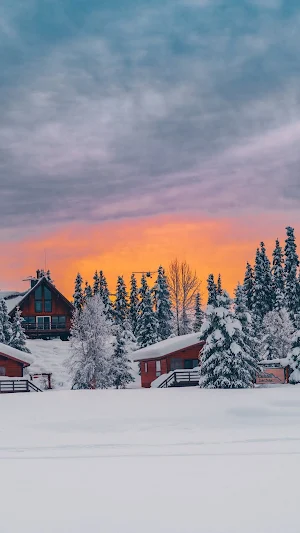







If you have never seen snow before, you will discover paradise on earth with this experience. You will never stop enjoying this experience. It will be freezing in the beginning, but then you will feel like you are in heaven. And you will never want to come back from that paradise. Snow paradise is precisely such a place. Welcome to snow's homely magic.
We wanted to share with you five exciting pieces of information about snow that you probably did not know on the occasion of the heavy snowfall that affected our country. Not all snow is the same. Skiers know this well. Skiers created their terminology for snow in the 1900s. In this terminology, there are funny definitions such as mashed potatoes, cauliflower, stick snow. In these definitions, the precipitation type and characteristics of the falling snow are taken into account. For example, in some snow, the humidity is so low that it is impossible to make snowballs. In some snow, it is much more difficult to ski. According to experts, snowflakes are a combination of many ice crystals. The water content of snowflakes is more variable than we thought. An average snowflake consists of 180 billion water molecules, but the snow-water ratio depends on various factors such as temperature, crystal structure, wind speed, etc. The giant snowflake ever recorded, 15 inches wide and 8 inches thick, fell on Fort Kegh Montana on January 28, 1887, and entered the Guinness Book of Records. Most people think that snow is white or blue. Snow is colorless. Snow crystals are a complex structure with numerous small surfaces and ultimately reflect light very well. A small amount of sunlight is absorbed by the snow, giving it its black and white appearance. If there is dense dust in the air, it is possible to see snow falling in yellow, red, pink, or even green. In 2007, orange snow fell in Siberia, and pink snow fell in Russia in 2010. If you're wondering where it gets the most snowfall in a year, here's the answer: Mount Baker, Washington State, North Cascades. This place holds the world record with 1140 inches of snow in the winter of 1998-99. It is the youngest volcano in the Mount Baker volcanic region. In a single blizzard, 39 million tons of snow can fall, carrying the equivalent of 120 atomic bombs.
Ambient temperature determines the shape of snowflakes. At -2 degrees, pointed and long crystals form, while at -5 degrees, flat, plate-shaped crystals form. Exposure of snowflakes to different temperatures as they fall can cause each crystal branch to have a different shape.
Snowflakes are crystal structures formed around substances such as pollen in the air. It does not form by itself in the air. Also, what we call slush is the formation of snowflakes around frozen water droplets. Therefore, it is entirely different from hail.
Please choose your desired snow wallpaper and set it as a lock screen or home screen to give your phone an outstanding appearance.
We are grateful for your great support and always welcome your feedback about snow wallpapers.
Samsung is a South Korean company founded in 1938 by Lee Byung-Chul....
Between 1960 and 1975, customizers created a new vehicle concept, developing GM...
Latin "Carnivora": meaning "meat-eaters." But actually, the carnivorous diet is not the...
Devil, a spiritual entity believed to encourage people to do evil in...
The Toyota Supra is a sports car and grand tourer manufactured by...
Christmas is a Christian holiday that celebrates the birth of Jesus on...
Created with AppPage.net
Similar Apps - visible in preview.